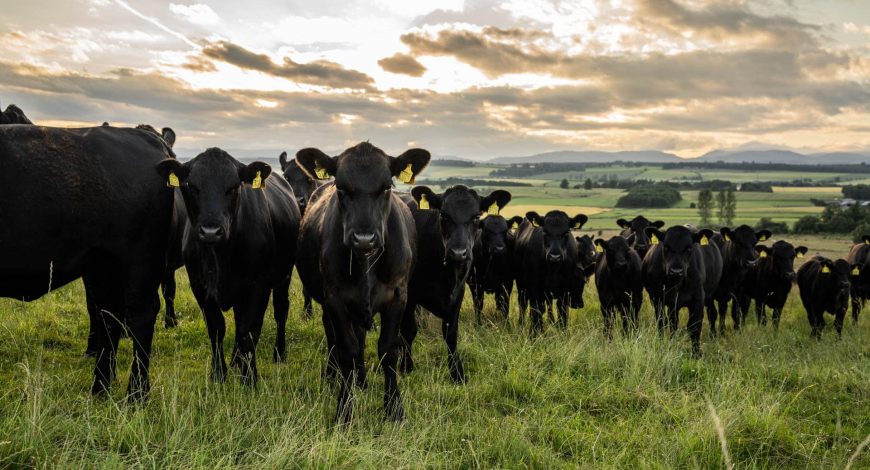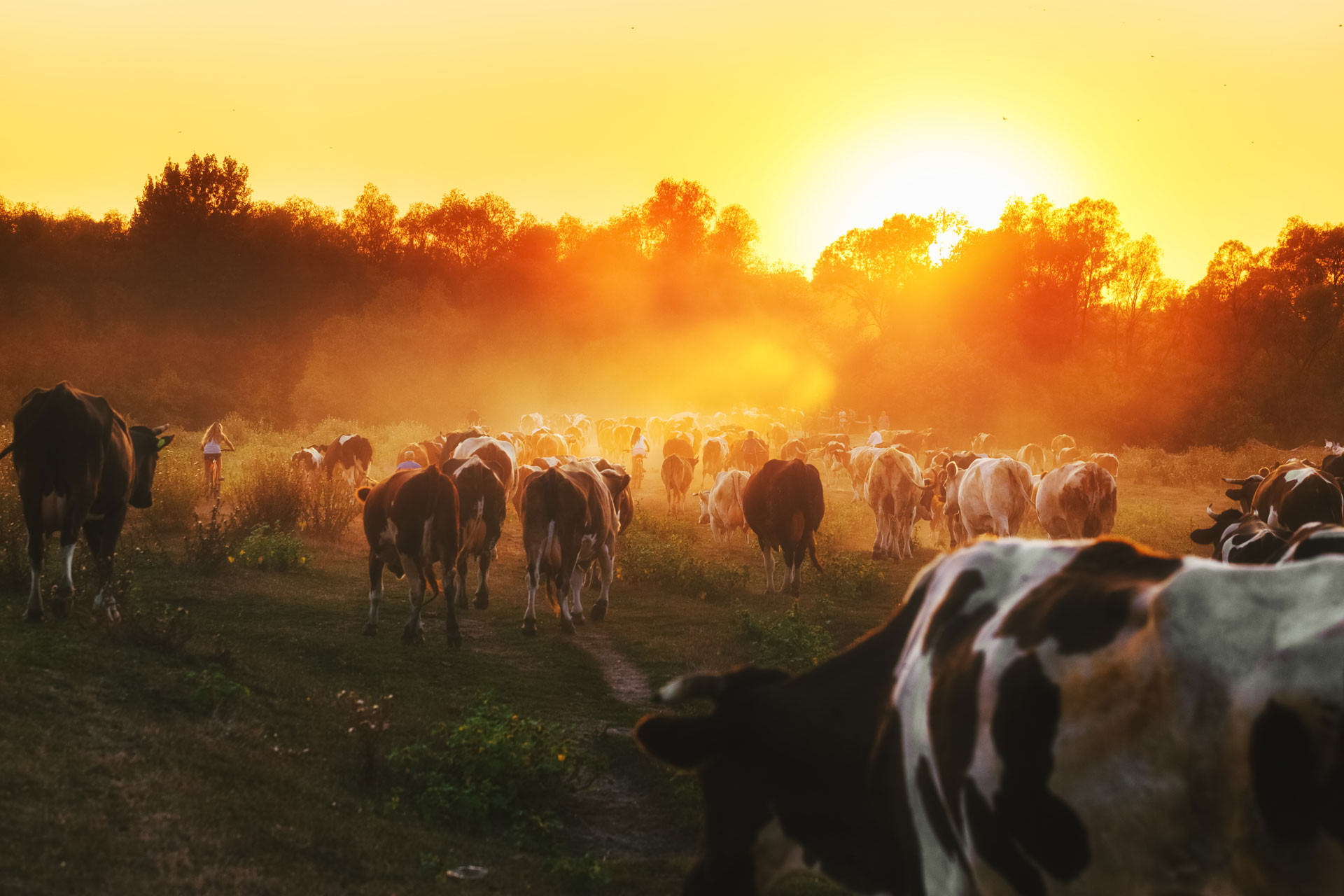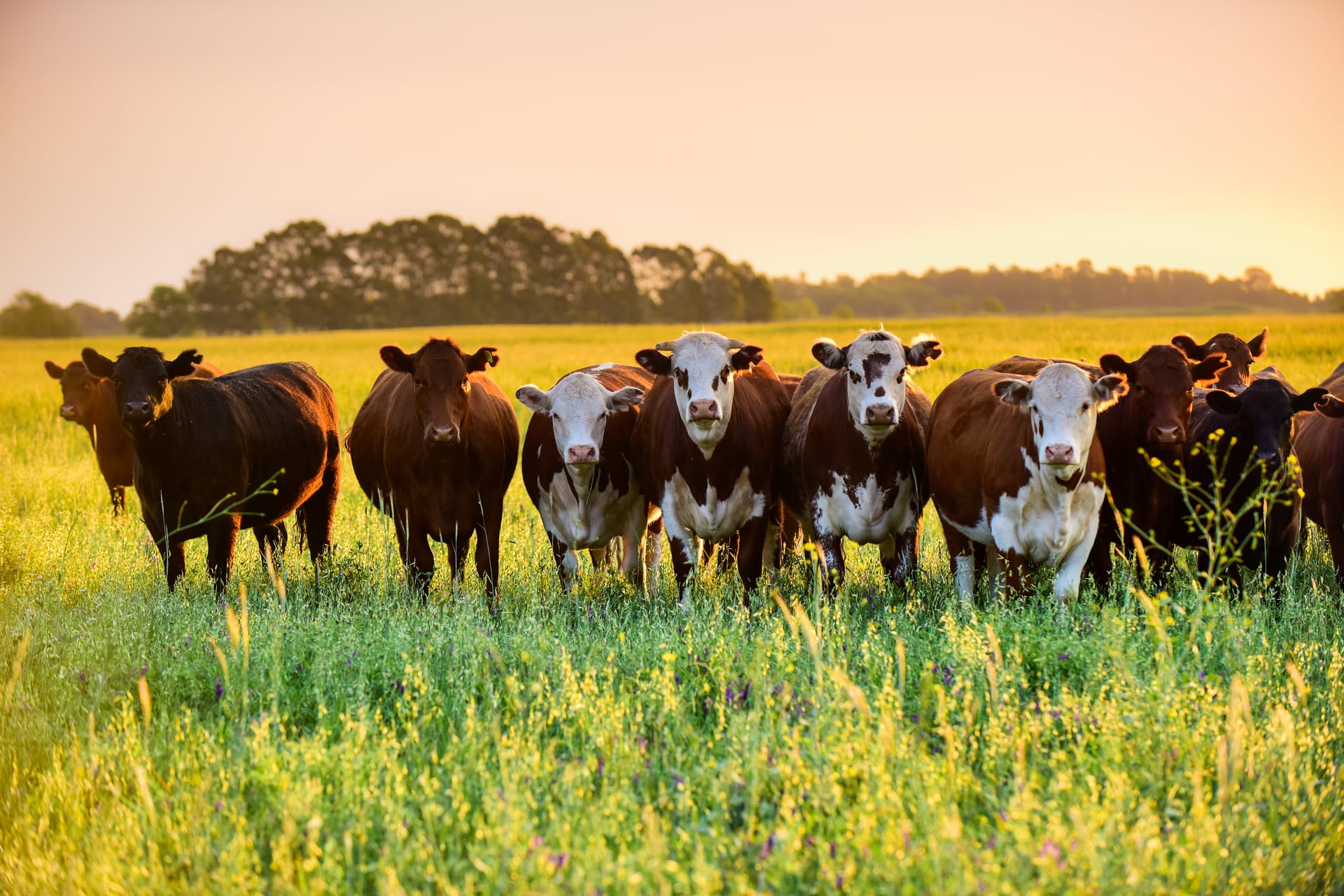How to Trade Cattle Internationally?
How to Trade Cattle Internationally
International cattle trading is a complex process that requires expertise, careful planning, and strict compliance with global standards. Whether you are an experienced trader or new to the industry, understanding each step is essential for a successful and secure transaction.
At Truelivestock, we guide you through the entire process to ensure smooth and reliable cattle trade across borders.
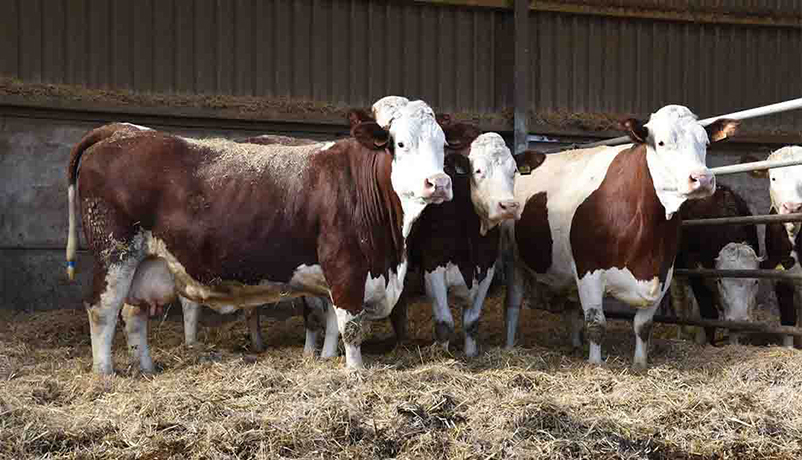
1. Define Your Needs and Target Market
Start by identifying the breed, age, and quantity of cattle you need. Analyze your target market’s requirements and regulations to ensure you meet all expectations.
2. Find Reliable Partners
In the competitive world of cattle and livestock trading, selecting reliable partners is essential for long-term success and risk mitigation.
Work only with certified and reputable suppliers or buyers who have a proven track record in the industry. These trustworthy partners not only guarantee the quality of livestock—ensuring healthy, well-bred animals that meet international standards—but also uphold the transparency of the entire process, from sourcing and documentation to delivery and after-sales support.
By prioritizing certifications such as veterinary health clearances, ethical farming accreditations, and compliance with global regulations, you can avoid common pitfalls like substandard stock or hidden fees.
At Truelivestock, we recommend conducting thorough due diligence, including reviewing references, trade histories, and independent audits, to build partnerships that foster mutual growth and confidence.
This approach minimizes disruptions, enhances supply chain efficiency, and ultimately leads to more profitable and sustainable trading experiences.
3. Prepare All Required Documentation
International trade involves various documents such as import/export permits, veterinary health certificates, and animal identification records. Truelivestock assists you in managing all paperwork efficiently.
4. Ensure Animal Health and Quality
All cattle must undergo thorough veterinary checks, vaccinations, and quarantine procedures. Meeting international health standards is crucial for a successful export or import.
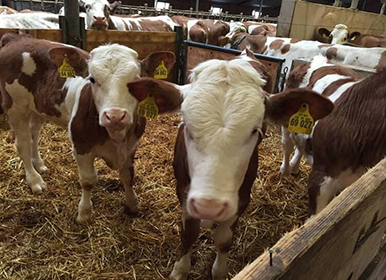
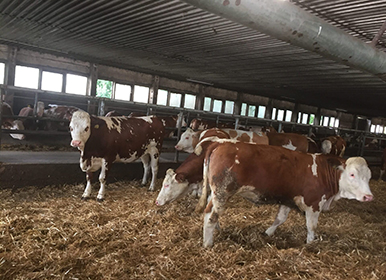
5. Plan Logistics and Transportation
Choose specialized transport solutions for live animals. Proper planning ensures the comfort, safety, and timely delivery of your cattle.
6. Secure Payment and Delivery Terms
Use secure payment methods like Letters of Credit (LC), Bank Guarantees (BG), or Standby Letters of Credit (SBLC). Clearly define delivery terms according to Incoterms 2020.
7. Maintain Open Communication
Stay in constant contact with your partners throughout the process. Transparent communication helps prevent misunderstandings and ensures a smooth transaction.
Key Steps for Successful International Cattle Trade
- ✔️ Work with certified and experienced partners
- ✔️ Complete all legal and veterinary documentation
- ✔️ Prioritize animal health and welfare
- ✔️ Use secure and traceable payment methods
- ✔️ Plan logistics with professional transport companies
- ✔️ Stay updated on international trade regulations
- ✔️ Provide after-sales support and follow-up
International cattle trading can be highly rewarding when managed with professionalism and care. Truelivestock is here to support you at every stage, making global cattle trade safe, efficient, and profitable.





